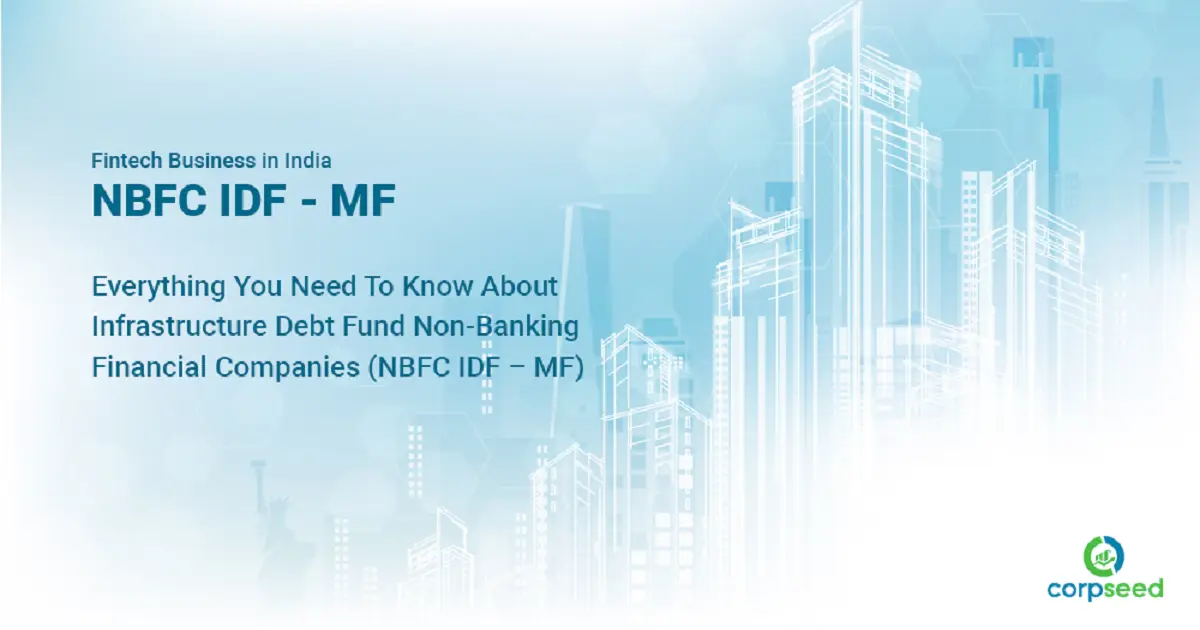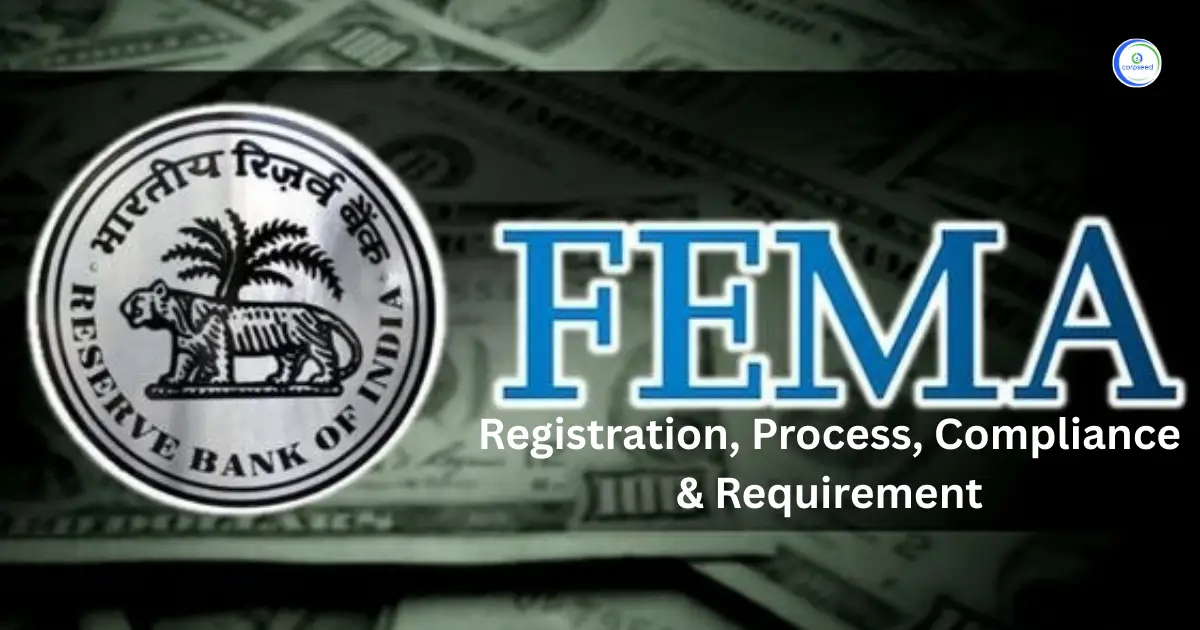Introduction: NBFC IDF - MF
The idiom Debt Fund is commonly understood as an investment pool, which invests in debt securities of the companies. It holds assorted fixed-income instruments such as bonds or debentures. The Infrastructure Debt Fund Non-Banking Financial Companies or IDF-NBFC is a non-deposit-accepting financial institution, which deals in pervading long-term debt in the infrastructure sector. IDF is not a Scheme driven by a mutual fund or other organizations but to the Company or Trust who is investing in debt securities. An IDF can float a range of Schemes for financing infrastructure projects. They act as vehicles for maneuvering the investment sector. They are being financed by commercial banks and NBFCs in India in which conjugal institutional investors, especially insurance and pension funds can invest by way of units and bonds endowed by the IDFs. The IDFs can be set up either as a trust or as a company. A trust-based IDF would normally be a mutual fund, synchronized by SEBI, while a company-based IDF would usually be an NBFC synchronized by the Reserve Bank of India (RBI).
Table of Contents
--------------Blog Contact Form-------------
Thus, there are two kinds of IDFs:
- IDF – MFs
- IDF – NBFCs
The IDF–MFs can be sponsored by banks and NBFCs. Whereas the IDF – NBFCs can be financed by banks and Infrastructure Finance Companies. Sponsorship means equity involvement by the NBFC between thirty to forty-nine percent of the IDF.
The object of NBFC IDF – MF Companies
IDF is an initiative to deal with the problem of procuring long-term debt for infrastructure projects in India. The Union Finance Minister had talked about setting up of IDFs to accelerate and enhance the flow of long-term debt in infrastructure projects in his speech. The main objective of IDFs is
- Additive lending for infrastructure projects
- Bestow a vehicle for refinancing the existing debt of infrastructure projects presently funded mostly by a commercial bank
The eligibility criterion for NBFCs to sponsor IDF – MFs
The NBFCs that are financing the IDF–MFs are required to comply with the following necessities –
- The minimum net funds owned by the NBFC must be Rs. 300 cr. and capital to risk-weighted assets of fifteen percent.
- The net NPA of the NBFC must be three percent of the net advances.
- The NBFC should have in existence for the last five years.
- The performance of the NBFC musts be satisfactory and it should have earned a profit for the last three years.
- The Capital to Risk Asset Ratio of the NBFC post investment in the IDF – MF must not be less than the regulatory minimum prescribed for it.
- After accounting for investment in the proposed IDF, the NBFC should continue to maintain the required amount of net-owned funds.
- There should be no administrative concerns with regard to the NBFCs.
The existing Infrastructure Finance Companies NBFCs can also sponsor IDFs only if they meet the conditions for the same.
Role of Investors
Investors in IDFs would mainly be conjugal and off-shore institutional investors, particularly Insurance and Pension Funds who have long-term funds. Banks and Financial Institutions would only be permitted to invest as sponsors/promoters of an IDF subject to certain circumstances. To draw funds, an exclusion from income tax for IDF has been provided, and also the withholding tax has been reduced to five percent from twenty percent on the interest payment on the borrowings of IDFs.
Functioning Of NBFC IDF – MF
An IDF-MF would elevate funds through the issue of rupee-denominated units of minimum 5-year maturity that would be listed in an acknowledged stock exchange and tradable among investors. It is compulsory for the IDF – MF to invest a minimum of ninety percent of its assets in the debt securities of infrastructure companies or SPVs across all infrastructure sectors, project stages, and project types. Excluding the management fees, the returns on assets of the IDF will pass through to the investors directly. The credit risks linked with the core projects will be borne by the investors and not by the IDF. This structure is focused on the investors that are risk-taking. An IDF Scheme can be launched by an existing mutual fund too.
An IDF-NBFC would raise resources by publicizing either rupee or dollar-denominated bonds of minimum five-year maturity, which would be tradable among investors. It would just deal in the debt securities of a Public-Private Partnership that have a solicit assurance (Solicit assurance implies required buyout by the Project Authority [which refers to the government organization who is inward bound into a concession agreement with the private party or who is giving the contract ] in the occurrence of the termination of Concession Agreement) and have accomplished at least one year of commercial operations. Refinance (fundamentally means replacing an older loan issued by a financial institution with a new loan presenting better terms) by IDF would be up to eighty-five percent of the total debt covered under the allowance agreement. The senior lenders would hold the remaining fifteen percent for which they could indict a premium from the infrastructure company. Here, the credit risks allied with the core projects will be handled by the IDF. This structure is focused on investors who are risk-reluctant.
One of the main issues faced by the banks while distributing loans to infrastructure projects is the asset-liability variance inherent in these projects. Therefore many such projects are deprived of financing by banks. An IDF that gives bonds, and credit enhancement inherent in Public Private Partnership projects would be available. Such projects would involve risk on a lower level and then a higher credit rating. An IDFs that issue units, the investors would bear greater credit risk and will be free to seek correspondingly higher returns. MFs would be especially useful for non-PPP projects. The IDFs by refinancing bank loans of existing projects are expected to take over a large volume of the existing bank debt that shall discharge an equivalent volume for fresh lending to infrastructure projects. Thus, IDFs are expected to steer the long-term low-cost resources of Provident Funds/Insurance/Pension Funds for infrastructure financing. The IDFs are also targeted to help accelerate the evolution of a secondary market for bonds that is presently lacking in sufficient depth.
According to the regulations issued by RBI, a Tripartite Agreement will be entered among the Concessionaire, the Project Authority, and the IDF which shall be binding on all the parties thereto, has been approved to smooth the progress of early operationalization of the Infrastructure Debt Funds.
The very first IDF that was prearranged as an NBFC, with the ICICI Bank, Bank of Baroda, Citicorp Finance India Limited, and Life Insurance Corporation of India was launched on March 5, 2012, entering into a Memorandum of Understanding.
This portion of the site is for informational purposes only. The content is not legal advice. The statements and opinions are the expression of author, not corpseed, and have not been evaluated by corpseed for accuracy, completeness, or changes in the law.
BOOK A FREE CONSULTATION
Get help from an experienced legal adviser. Schedule your consultation at a time that works for you and it's absolutely FREE.









